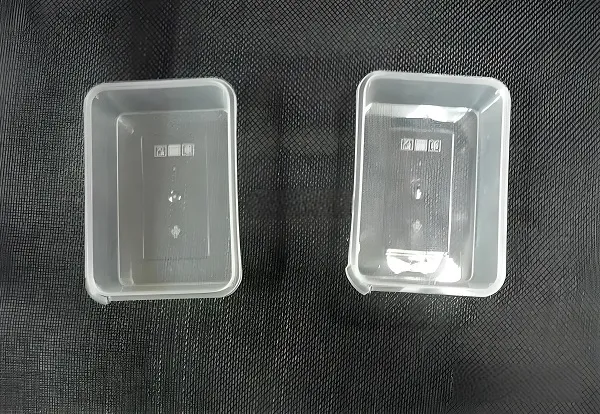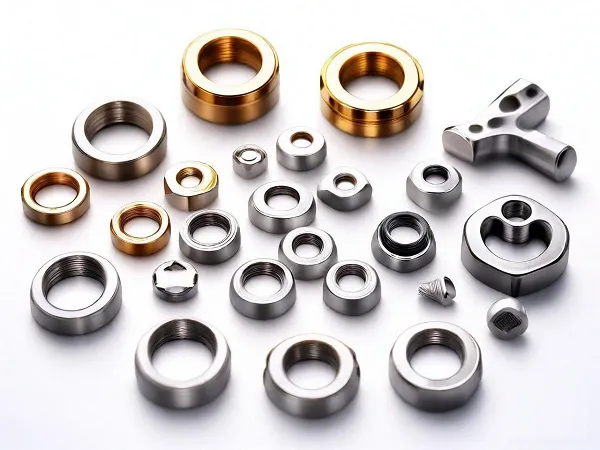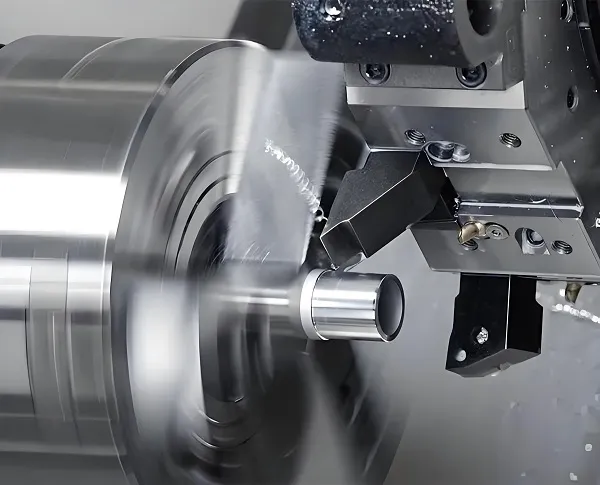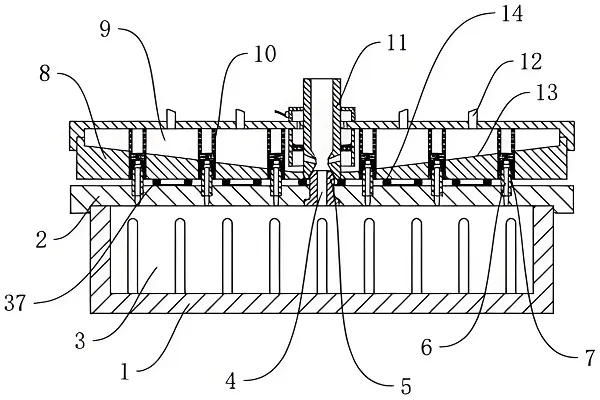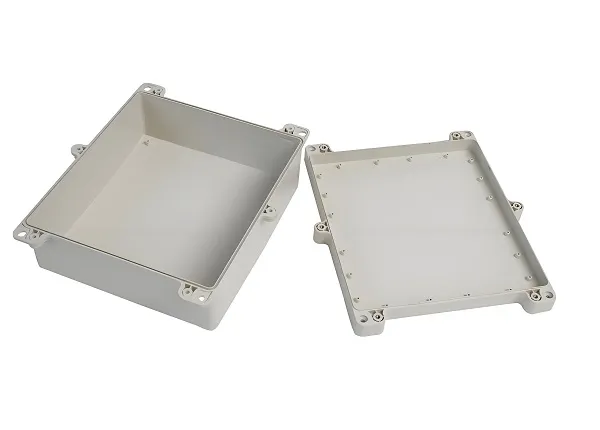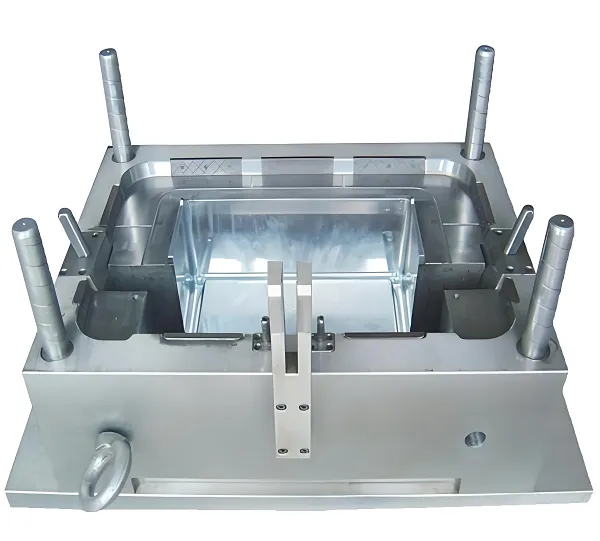Plastic mold products are plastic products processed through plastic molds. Mold is an indispensable tool in the plastic molding process, which determines the shape, size and surface quality of the final product. Plastic mold products are widely used in automotive, electronics, home appliances, medical, packaging and other industries, is an important and indispensable part of modern industrial production.
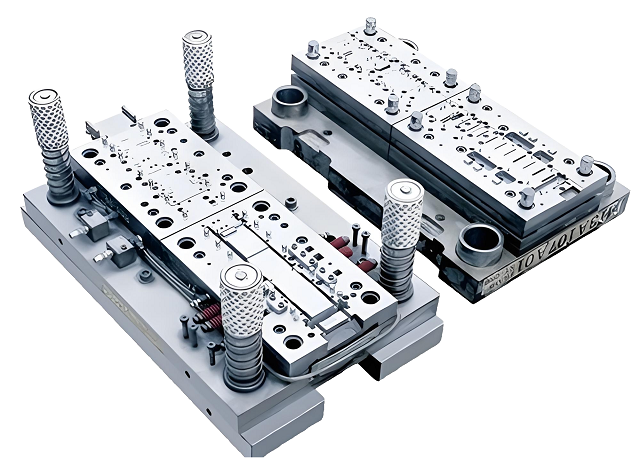
1. Technical principle of plastic mold products
The technical principle of plastic mold products is mainly based on the thermoplasticity of plastic materials and the principle of pressure molding. After the mold is manufactured, the molten plastic material is injected into the cavity of the mold, and then cooled and solidified to obtain the required shape and size of the plastic product. The design of the mold, manufacturing accuracy and injection process parameters (such as temperature, pressure, time, etc.) have a critical impact on the quality and performance of the final product.
2. Plastic mold product customization
The plastic mold product customization process usually includes the following steps:
● Demand analysis: Communicate with customers to clarify the shape, size, material, quantity and performance requirements of the product.
● Mold design: according to the product requirements, the three-dimensional design of the mold, including the design of the parting surface, gate location selection, cooling system design, etc..
●Mold manufacturing: Using high-precision processing equipment, such as CNC machine tools, EDM machines, etc., to manufacture the various parts of the mold, and assembly and debugging.
●Trial mold and adjustment: Use the mold for trial production, adjust and optimize the mold according to the results of the trial mold to ensure stable product quality.
●Mass production: After confirming that the molds are error-free, mass production will be carried out to meet customers’ demands.
3. Plastic mold product material introduction
Commonly used materials and their characteristics:
3.1 Aluminum alloy mold
● Light weight, high strength, good thermal conductivity, suitable for the production of small and medium-sized plastic products.
● The density is about 2.7g/cm³ and the thermal conductivity is about 200W/(m-K).
3.2 Steel molds
●Wear-resistant, high-temperature-resistant, corrosion-resistant, suitable for the production of large-scale, high-precision, long-life plastic products.
● Commonly used materials such as P20, NAK80, etc., the hardness can reach HRC30-50, long service life.
3.3 Resin mold
● Low cost, short processing cycle, suitable for small batch, rapid response to market demand.
● According to the specific type of resin, performance varies, but generally lower cost.
4. Plastic mold products Product characteristics
Product examples and data:
4.1 Automobile bumpers
● Dimensional accuracy can reach ±0.2mm, surface roughness Ra≤0.4μm, and impact resistance is in line with automotive industry standards.
4.2 Electronic housing
●Good dimensional stability, deformation less than 0.3%, excellent weather resistance, can be used for a long time in -20°C to +70°C environment.
4.3 Medical supplies
●Aseptic treatment, in line with medical grade material standards, smooth surface without defects, to ensure product safety and hygiene.
Plastic Mold Products FAQ
Q: What is the production cycle for plastic mold products?
A: The production cycle depends on the complexity of the mold, the efficiency of the processing equipment and the production quantity, generally ranging from a few weeks to a few months.
Q: How to ensure the precision and consistency of plastic mold products?
A: The precision and consistency of the products can be ensured through high precision mold design, manufacturing and injection process control, as well as strict quality inspection process.
Q: Can plastic mold products be recycled?
A: Yes, many plastic mold products can be recycled and reused, through methods such as melt regeneration or chemical recycling to achieve resource recycling.

